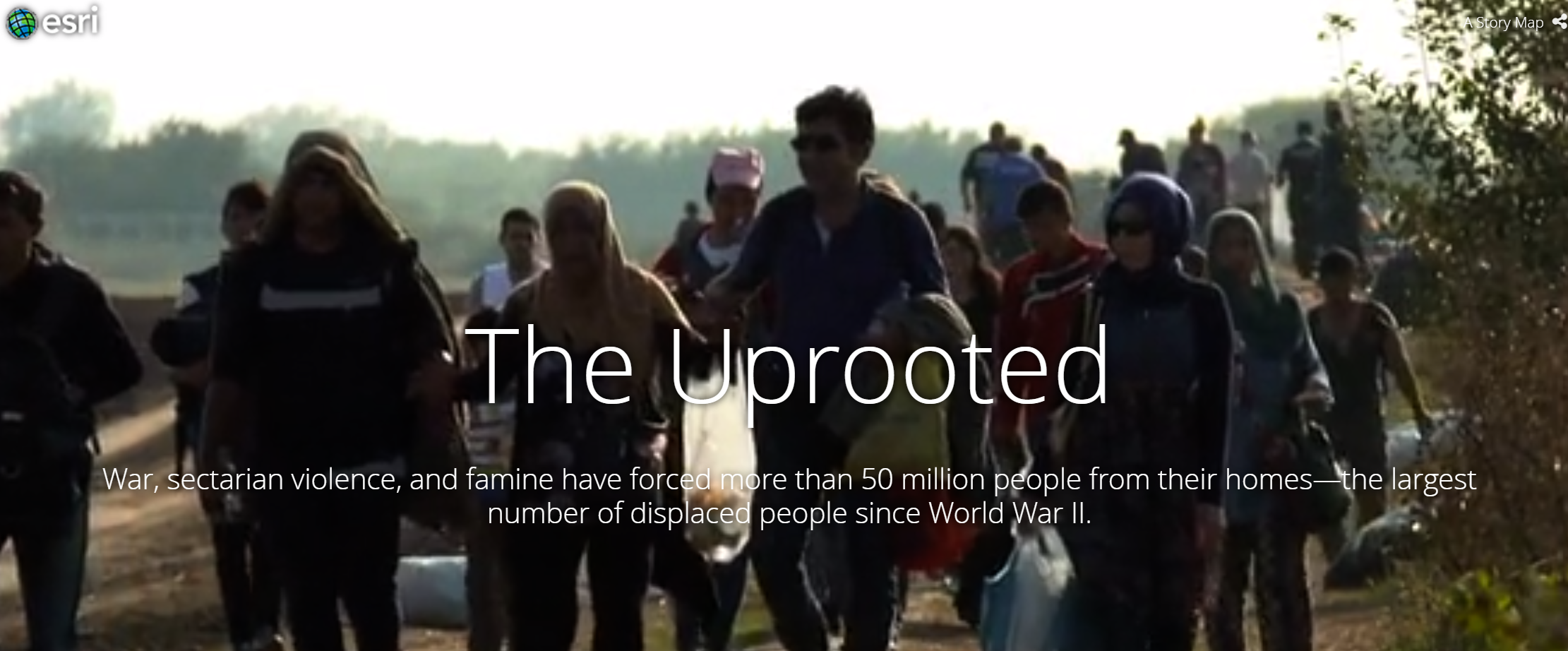What is going on in Syria and why? This animation explains the events that have led to the ongoing civil war in the Middle Eastern country, which is reported to have claimed over 100,000 lives. It’s a complicated issue, but this explainer should serve as a good starting point for understanding it all.
With hundreds of thousands dead, Syria is more torn apart than ever. But why is this war still going on? How did the pacific “Arab Spring” become such a blood bath? Here are some keys to understand how the Syrian conflict turned into a civil, cold and holy war.
There has been an intense wave of Russian air strikes in two areas of Syria, activists say. Moscow says it is targeting jihadist groups like Islamic State in co-ordination with Syria’s government. But NATO is worried some of the attacks are hitting rebel groups opposed to President Bashar al-Assad – some of whom are backed by the West. So just who is fighting whom in Syria?
Hank Green discusses the situation in Syria as deeply and completely as he can in five minutes.
Negotiations are ongoing as to whether and how chemical weapons will be removed from Syria. This is an opportunity for the global community, but for the people of Syria, no matter how this discussion goes, there will be years of bloody conflict. We cannot prevent that, but we can help individual people.
The creator of this YouTube channel, John Green, provides some historical context to the current civil war in Syria, discussing Syrian independence, the rise of the Ba’ath Party, Syria’s relationship with the rest of the Arab world (and Russia), the Presidencies of Hafez al Assad and Bashar al Assad, the Arab Spring protests in Syria, and the many flags of the Syrian nation.
Hank Green discusses a question that keeps popping up…why is it OK for governments to kill people with guns and tanks and cluster bombs…but not chemicals?
John Green discusses the Syrian refugee crisis and the growing number of refugees from Syria, Afghanistan, and Eritrea crossing the sea with the help of smugglers to seek refuge in European Union nations.
Also discussed: The difference between migrants and refugees, the rights of refugees as established by international law, the globalization of all regional crises, and how the death of 3-year-old Alan Kurdi galvanized the world.
BBC’s special coverage will focus on “Syria’s War” going back to the heart of the conflict. For the last few months, the news has been dominated by the battle against Islamic State, with far less media attention on the conflict in the rest of the country. Almost four years after what began as peaceful protests, half the population is still displaced, large areas of Syria lie in ruin, and President Assad is still firmly in power.
- There are more internally displaced people than refugees around the world. (T/F)
- The majority of the world’s refugees in 2014 were coming from ________.
- Which country has more internally displaced people than any other country?
- Which country has the second largest source of refugees?
- Where do the majority of Syria’s internally displaced people relocate?

Go to the story map called Uprooted, which focuses directly on the Syrian migration crisis. Go through the story map and answer the following questions.
- Based on “The Uprooted” story map, how would you describe the refugee camp situation for Syrian refugees? (Minimum of 100 words)
- Based on The Uprooted story map, how would you explain the refugee situation in Europe? (Minimum of 100 words)
